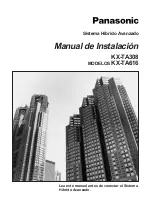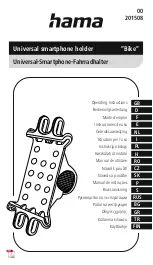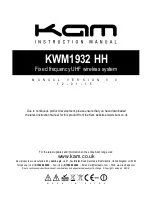
3
Features
T
Features
3-119
Conditions
• Be sure that the system clock works.
• Setting a new time clears the preset time.
• The alarm tone continues for 30 seconds. To stop it, lift the handset or,
with a digital proprietary telephone, press any button.
Programming References
Section 4, System Programming,
[100] Flexible Numbering, Timed reminder set / cancel / confirm
Feature References
Section 3, Features,
HOTEL APPLICATION – Timed Reminder, Remote (Wake-Up Call)
Operation References
DPT Features, SLT Features;
—User Manual
Timed Reminder
T
oll Restriction
Description
Toll Restriction is a system programmable feature that, in
conjunction with the assigned Class of Service, can prohibit certain
extension users from placing unauthorized toll calls.
Every extension is programmed to belong to one of eight Classes of
Service. Each Class of Service is programmed to have a toll
restriction level for day mode and night mode.
There are eight toll restriction levels available. Toll restriction level
1 is the highest level and the level 8 is the lowest. That is, level 1
allows all toll calls and levels 7 and 8 disallows all toll calls. Levels
2 through 6 are used to restrict calls by combining pre-programmed
deny and excepted code tables.
Denied Code Tables
An outgoing outside call made by an extension with a toll
restriction level between 2 and 6 is first checked against the
selected Denied Code Tables. If the leading seven digits of the
dialed number (not including the line access code) are not found in
the table, the call is made. There are five system programs for
Denied Code Tables: [301]-[305] TRS Denied Code Entry for
Levels 2 through 6: each program is used to make up a Denied
Code Table for Levels 2 through 6 respectively.
Complete every table by storing numbers that are to be prohibited.
These numbers are defined as denied codes. Each table can store up
to 20 denied codes, each of which consisting of seven digits.
















































